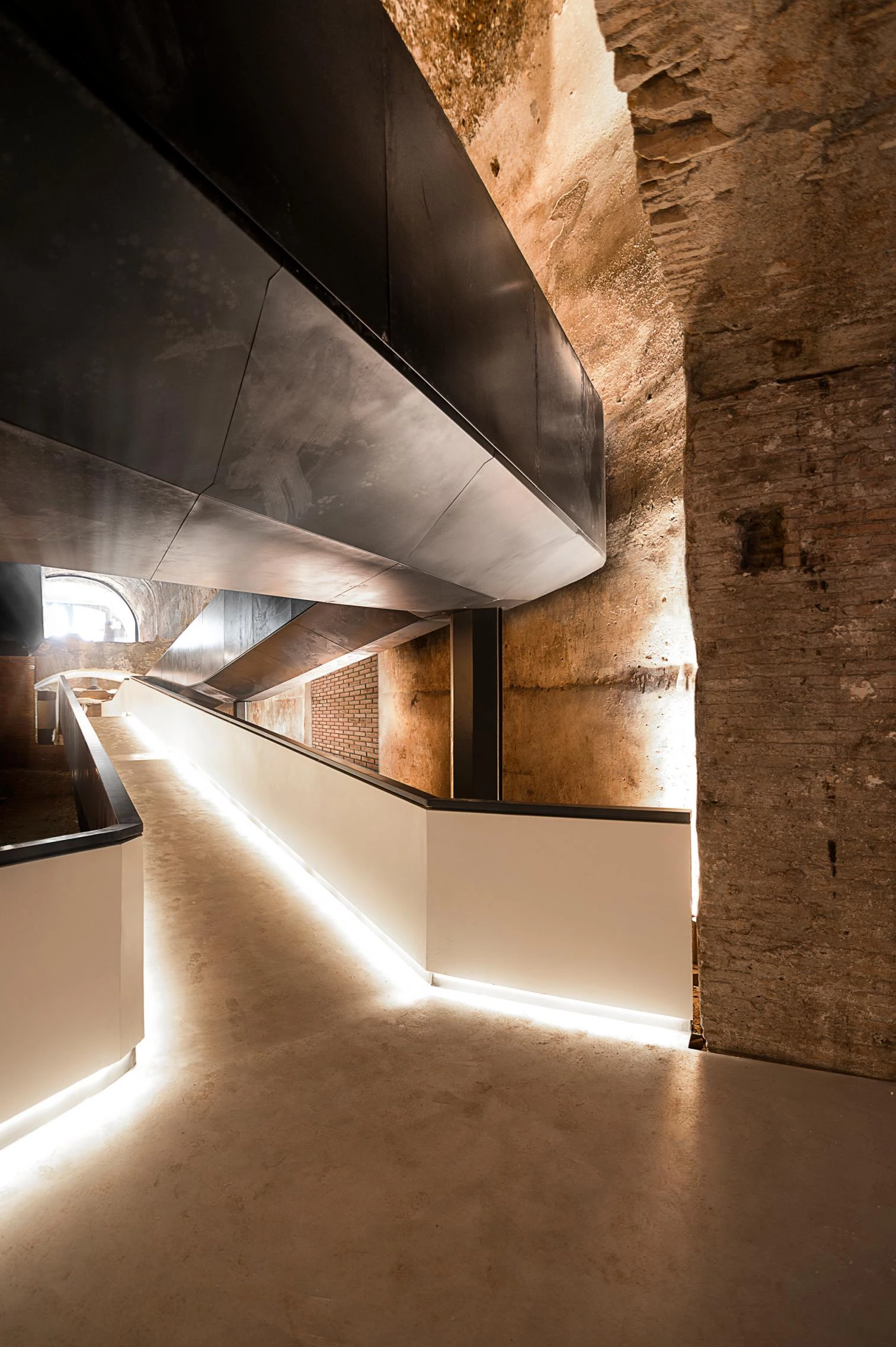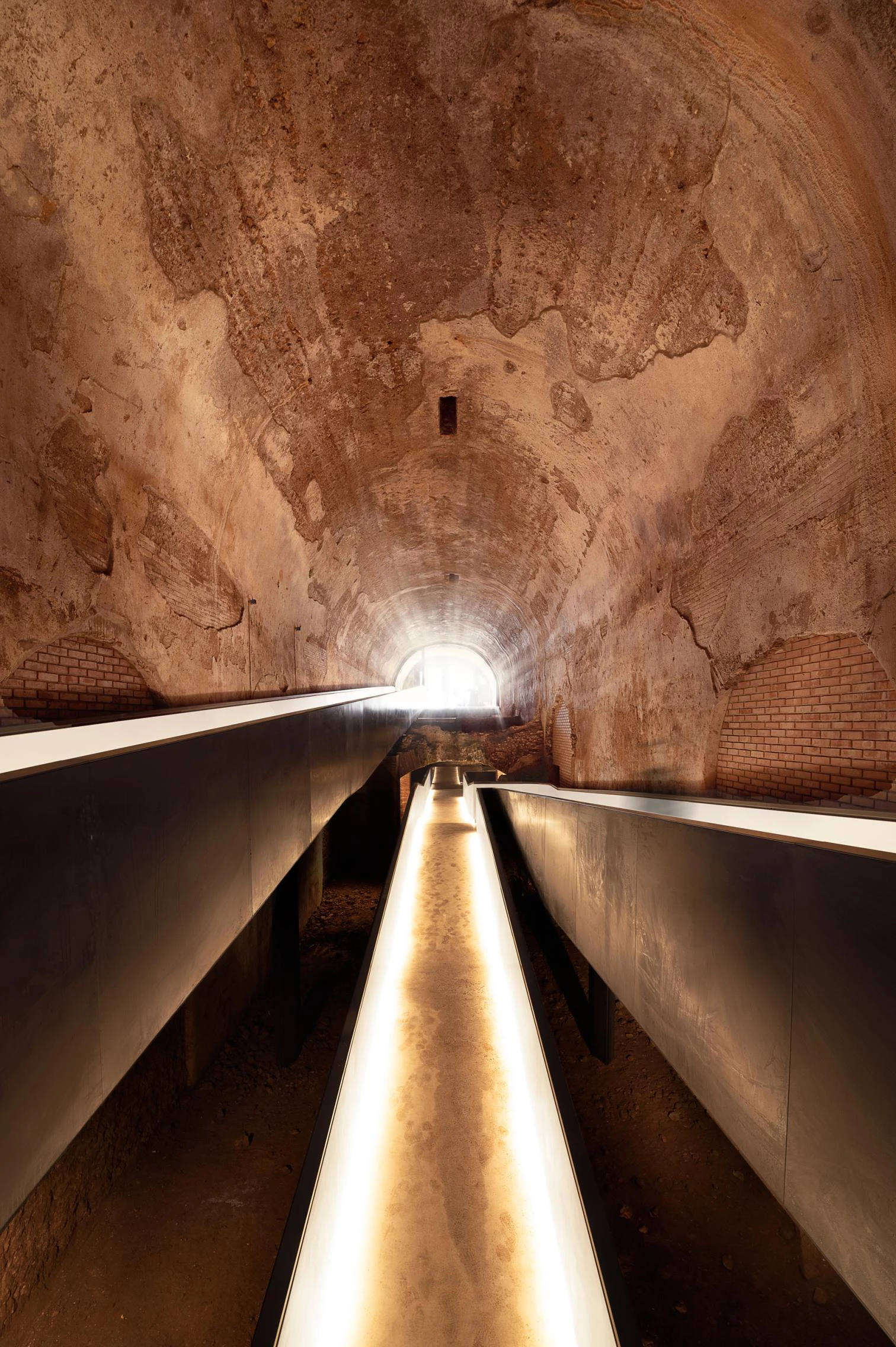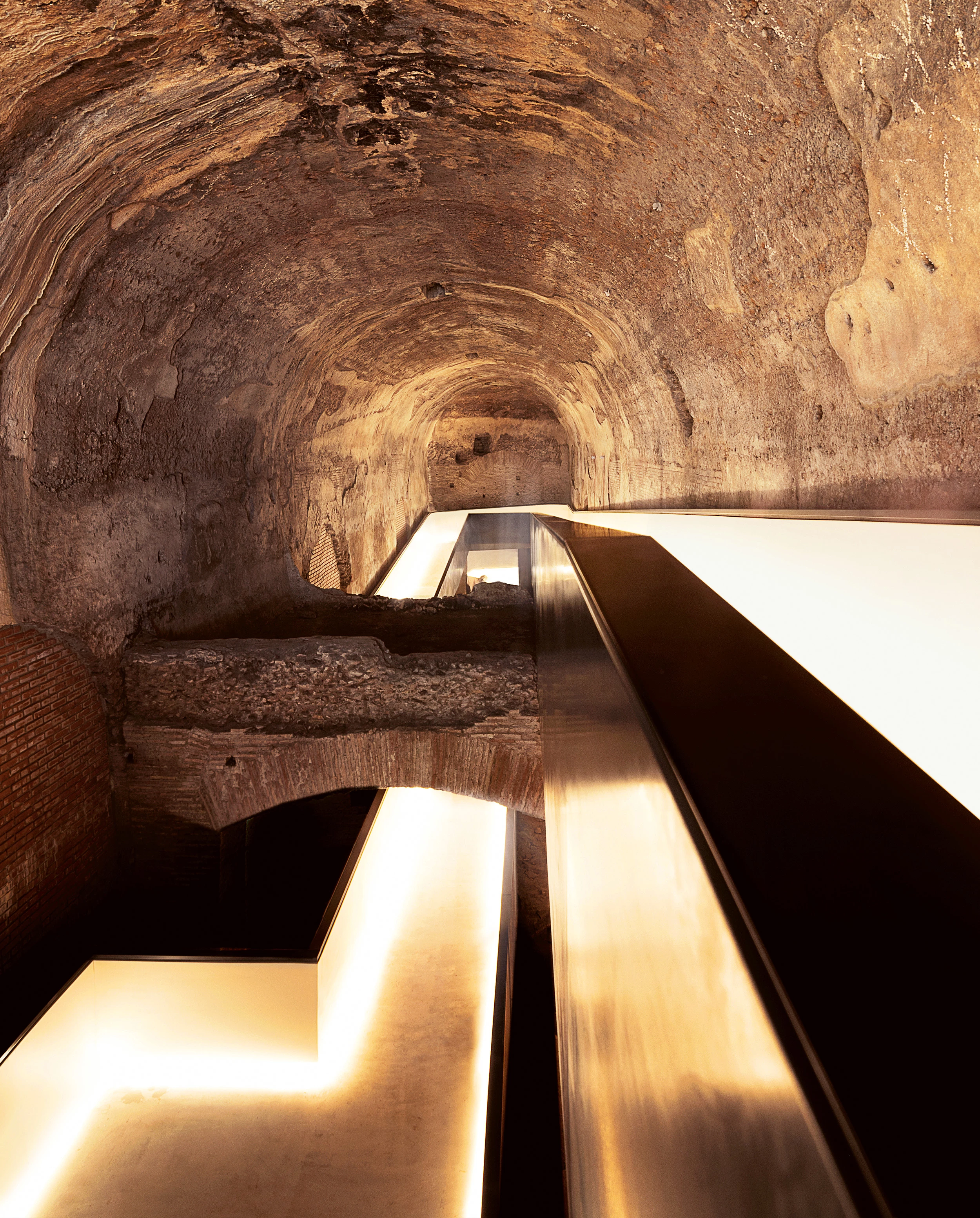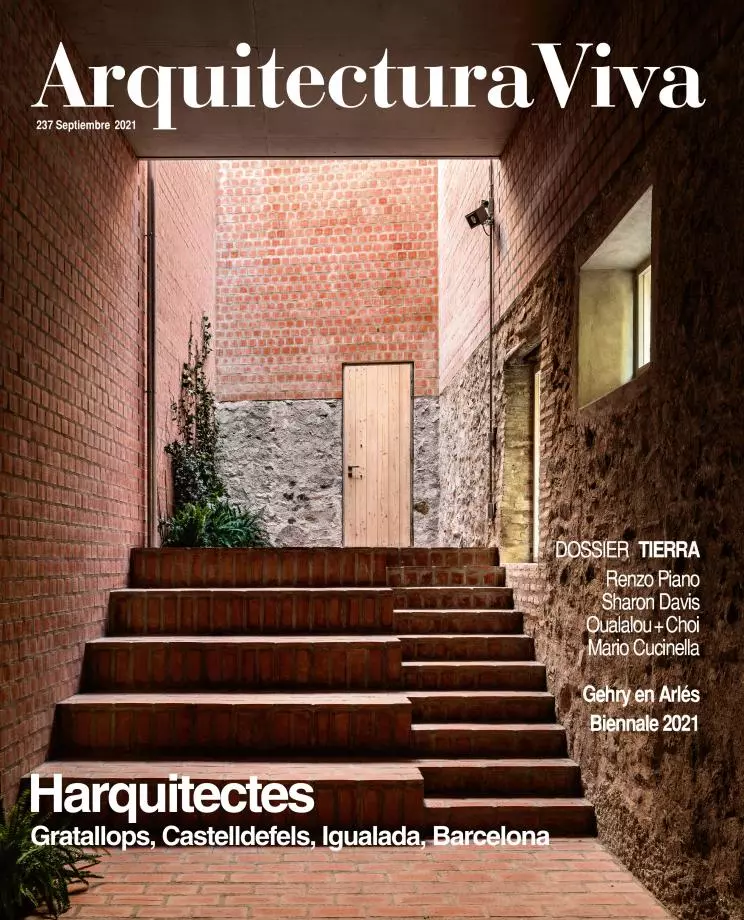Domus Aurea Entrance, Rome
Stefano Boeri Architetti- Type Culture / Leisure Refurbishment
- Material Steel
- Date 2020
- City Rome
- Country Italy
- Photograph Lorenzo Masotto
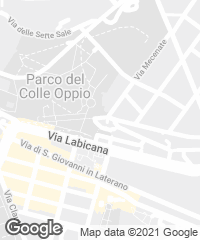
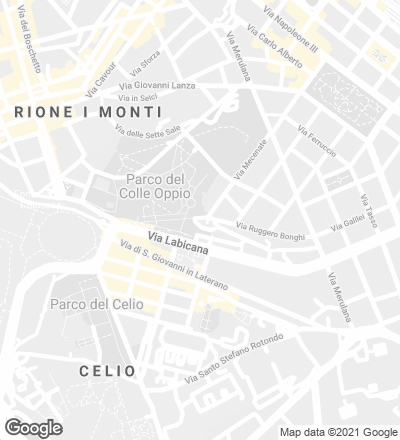
The accidental fall of a young boy into an abyss of Rome’s Esquiline Hill in the 15th century revealed that cavities until then believed to be natural were partly buried vestiges of the Domus Aurea, Nero’s lavish villa, which his successors had hidden underground as part of the tyrannical emperor’s damnatio memoriae. The find uncovered beautiful and perfectly preserved mural decorations, and artists of the time soon flocked there en masse. This kindled fascination for classical Antiquity fueled the Renaissance.
A new entrance leads from the exterior to the Octagonal Room – a rotunda six meters deep, with an oculus above which prefigures the Pantheon – through a walkway of galvanized steel, self-supporting and executed with methods needing no machinery so as not to endanger the gallery’s millenary structure. The result is a gradual descent accompanied by faint lights – integrated into the parapets – that make it possible for visitors to get immersed in the immensity of the grotte, as the great masters did with their torches.



